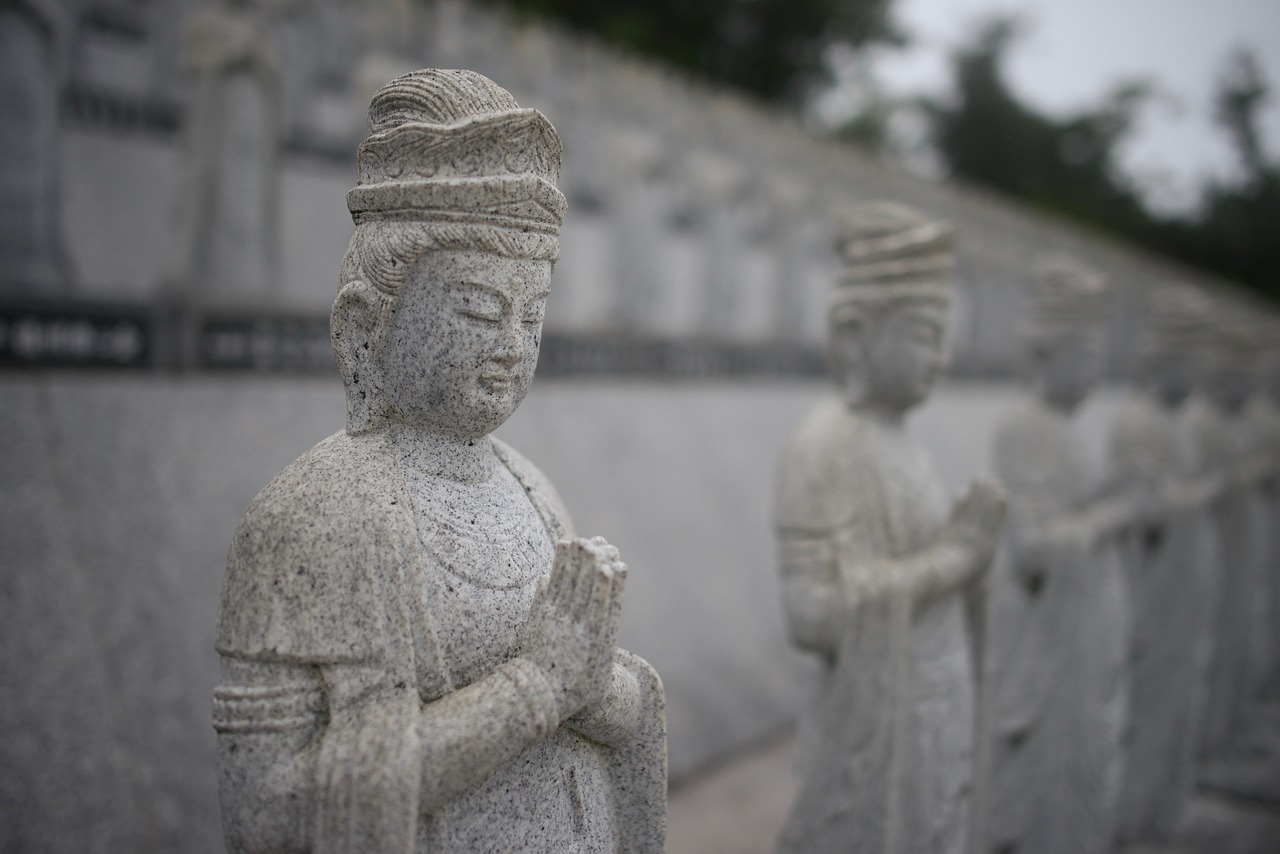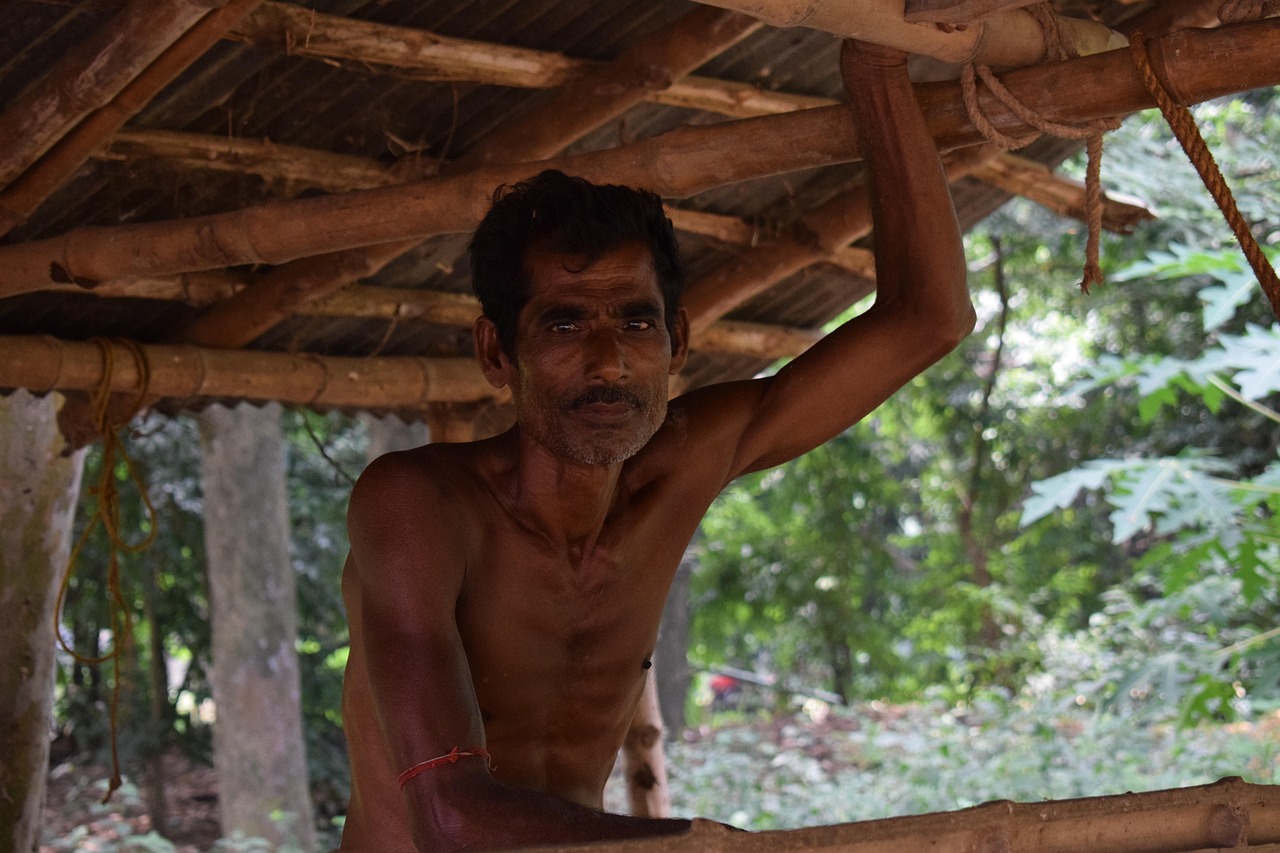This article delves into the geographical and cultural significance of West Bengal, highlighting key locations, their historical context, and how to navigate the state effectively.
Understanding the Geography of West Bengal
West Bengal is characterized by diverse landscapes, ranging from the towering Himalayas in the north to the lush Sundarbans in the south. This unique geography offers a blend of mountains, plains, and coastlines that contribute to the state’s rich biodiversity.
Major Cities on the West Bengal Map
- Kolkata: The capital city, known for its vibrant culture and historical significance.
- Durgapur: An industrial hub contributing to the state’s economy.
- Darjeeling: Famous for its tea gardens and scenic beauty.
- Siliguri: A gateway to the North-East and a bustling trade center.
Kolkata: The Cultural Capital
Kolkata, formerly known as Calcutta, serves as the cultural and economic heart of West Bengal. The city is renowned for its colonial architecture, vibrant arts scene, and rich history.
Historical Significance of Kolkata
Once a major center for trade and politics during British colonial rule, Kolkata’s history is reflected in its architecture and cultural landscape, making it a fascinating place to explore.
Modern Attractions in Kolkata
Today, Kolkata offers a mix of historical landmarks, such as the Victoria Memorial, and modern attractions like shopping malls and tech parks, catering to diverse interests.
Natural Wonders of West Bengal
The state is home to several natural attractions, including the Sundarbans, a UNESCO World Heritage Site, and the picturesque hills of Darjeeling, which attract nature lovers and adventure seekers alike.
Transportation and Navigation in West Bengal
West Bengal boasts a comprehensive transportation network, including railways, roads, and waterways, making travel convenient for both residents and tourists. The extensive railway system connects major cities, while the road network and waterways enhance accessibility to various regions.
Conclusion: Exploring West Bengal Through Its Map
Understanding the West Bengal map is essential for appreciating the state’s rich cultural and geographical diversity, making it a fascinating destination for exploration and discovery.
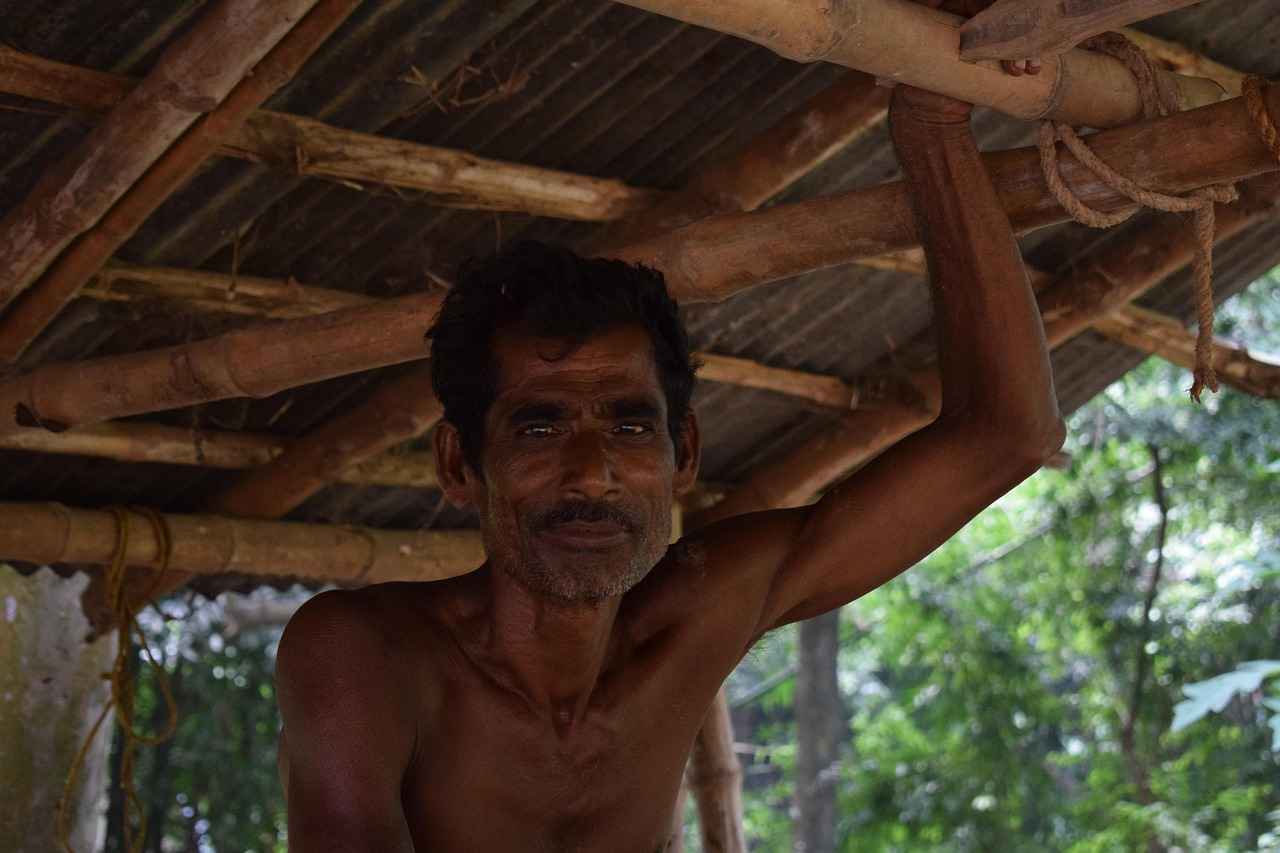
Understanding the Geography of West Bengal
West Bengal, a state in eastern India, is renowned for its remarkable geographical diversity. Stretching from the towering Himalayas in the north to the lush Sundarbans in the south, the state presents a unique blend of landscapes that captivate both residents and visitors alike.
The northern region is dominated by the majestic Himalayan mountains, which are not only a natural boundary but also a hub for adventure tourism. The picturesque hill stations, such as Darjeeling, are famous for their tea plantations and breathtaking views of the Kanchenjunga peak, attracting tourists year-round.
As we move southward, the geography transitions into the fertile Gangetic plains, which are crucial for agriculture. This region is known for its rich soil and abundant rivers, making it one of the most productive agricultural zones in India. The rivers, including the Hooghly and Teesta, not only support farming but also provide vital transportation routes.
Finally, the southernmost part of West Bengal is characterized by the Sundarbans, a UNESCO World Heritage Site. This vast mangrove forest is renowned for its unique ecosystem, home to the elusive Bengal tiger and a variety of other wildlife. The Sundarbans also play a crucial role in protecting the coastline from erosion and serve as a vital resource for local fishing communities.
In summary, West Bengal’s geography is a rich tapestry of mountains, plains, and coastal regions, each contributing to the state’s cultural and economic fabric. This diverse landscape not only enhances the natural beauty of the state but also supports a wide range of activities, from agriculture to tourism, making it a fascinating area to explore.

Major Cities on the West Bengal Map
West Bengal is a vibrant state in India, renowned for its cultural richness and historical significance. Among its many attractions, the cities of West Bengal stand out, each offering a unique perspective on the state’s diverse heritage. This article explores the major cities on the West Bengal map, highlighting their individual charm and importance.
West Bengal is home to several major cities, each with its own distinct character and significance. The most notable among them is Kolkata, the capital city, which serves as the cultural and economic heart of the state. Known for its rich history, Kolkata boasts a blend of colonial architecture and modern developments, making it a fascinating place to explore.
- Kolkata: Formerly known as Calcutta, this city is famous for its vibrant arts scene, historic landmarks, and bustling markets. The Victoria Memorial and Howrah Bridge are must-visit attractions that reflect the city’s colonial past.
- Durgapur: An industrial hub, Durgapur is known for its steel plants and educational institutions. The city is a key player in the economic development of West Bengal.
- Siliguri: Serving as a gateway to the Himalayan region, Siliguri is strategically located and is known for its tea gardens and proximity to popular tourist destinations like Darjeeling.
- Darjeeling: Renowned for its stunning landscapes and tea plantations, Darjeeling is a popular hill station that attracts tourists seeking natural beauty and adventure.
Each of these cities contributes to the overall tapestry of West Bengal, showcasing the state’s blend of tradition and modernity. From the historical depths of Kolkata to the scenic heights of Darjeeling, West Bengal’s cities offer diverse experiences for residents and visitors alike.
In conclusion, understanding the major cities on the West Bengal map is essential for anyone looking to explore this culturally rich state. Each city provides a unique lens through which to appreciate the heritage and progress of West Bengal.
Kolkata: The Cultural Capital
Kolkata, the bustling metropolis once known as Calcutta, stands as the largest city in the state of West Bengal, India. This vibrant city is not only the capital but also the cultural and economic heart of the region. With a rich tapestry of history, art, and architecture, Kolkata is renowned for its colonial-era buildings and lively arts scene.
The city boasts a unique blend of tradition and modernity, where age-old customs coexist with contemporary lifestyles. Visitors are often enchanted by the grand structures like the Victoria Memorial, which showcases the city’s colonial past, alongside modern attractions such as shopping malls and tech hubs. This juxtaposition creates a dynamic atmosphere that appeals to both tourists and locals alike.
| Attraction | Description |
|---|---|
| Victoria Memorial | A stunning marble monument dedicated to Queen Victoria, surrounded by beautiful gardens. |
| Howrah Bridge | An iconic cantilever bridge that connects Kolkata with Howrah, symbolizing the city’s engineering marvels. |
| Indian Museum | The oldest museum in India, housing a vast collection of artifacts and artworks. |
Kolkata’s cultural landscape is enriched by its festivals, literature, and culinary delights. The city celebrates numerous festivals with great enthusiasm, including Durgapuja, which attracts visitors from all over the world. The literary heritage of Kolkata is equally impressive, being home to Nobel laureate Rabindranath Tagore and many other renowned authors.
Furthermore, Kolkata’s culinary scene is a feast for the senses, offering a variety of dishes that reflect its diverse culture. From street food like puchka (pani puri) to traditional Bengali sweets like rosogolla, the city is a gastronomic paradise.
In conclusion, Kolkata’s significance as the cultural capital of West Bengal is undeniable. Its rich history, vibrant arts scene, and culinary offerings make it a must-visit destination for anyone looking to experience the essence of Indian culture.
Historical Significance of Kolkata
Kolkata, the capital city of West Bengal, holds a prominent place in the annals of Indian history, particularly during the British colonial era. Established as the capital of British India in 1773, Kolkata became a pivotal center for trade, politics, and culture, shaping its unique identity that resonates to this day.
The city’s architectural landscape is a testament to its historical significance. Iconic structures such as the Victoria Memorial, Howrah Bridge, and Indian Museum reflect the grandeur of colonial architecture, showcasing a blend of British and Indian styles. This eclectic mix not only highlights the city’s colonial past but also its evolution as a cultural melting pot.
Kolkata’s role as a trade hub cannot be overstated. The establishment of the East India Company transformed it into a bustling port city, facilitating commerce that attracted merchants from around the world. This influx of trade led to significant economic growth, which further influenced the city’s development and urbanization.
Moreover, Kolkata emerged as a center for political activism during the struggle for independence. The city was home to numerous movements and organizations advocating for freedom, including the famous Indian National Congress. Many prominent leaders, such as Subhas Chandra Bose and Rabindranath Tagore, hailed from Kolkata, contributing to its reputation as a cradle of political thought and artistic expression.
Today, Kolkata stands as a vibrant city that honors its past while embracing modernity. The remnants of its colonial history coexist with contemporary developments, making it a fascinating destination for both tourists and scholars alike. The city’s rich tapestry of culture, history, and architecture continues to attract visitors, inviting them to explore and appreciate its enduring legacy.
Modern Attractions in Kolkata
have evolved significantly over the years, creating a vibrant blend of the old and the new. This dynamic city, known for its rich cultural heritage, is now also recognized for its contemporary amenities and entertainment options. Whether you are a local or a tourist, Kolkata offers a plethora of attractions that cater to various interests.
One of the most notable modern attractions is the New Town Eco Park, a sprawling urban park that features lush greenery, lakes, and recreational facilities. This park is perfect for families, offering activities such as cycling, boating, and picnicking. It also hosts various cultural events and exhibitions throughout the year, making it a hub for community engagement.
Another significant addition to Kolkata’s modern landscape is the City Centre shopping mall, which has become a go-to destination for shopping enthusiasts. With a wide range of international and local brands, dining options, and entertainment facilities, it attracts crowds from all over the city. The mall also regularly organizes events, including fashion shows and food festivals, enhancing the shopping experience.
For those interested in technology and innovation, Sector V in Salt Lake is home to numerous tech parks and IT companies. This area represents the modern economic growth of Kolkata, showcasing its potential as a tech hub. Visitors can explore various co-working spaces and attend workshops or seminars that promote entrepreneurship and innovation.
In addition to these attractions, Kolkata’s food scene has also modernized. New cafes and restaurants have emerged, offering a fusion of traditional Bengali cuisine and international flavors. Food tours are popular among visitors, allowing them to experience the culinary diversity that Kolkata has to offer.
In conclusion, Kolkata is a city that beautifully merges its historical roots with modern attractions. From parks and shopping malls to tech hubs and culinary delights, there is something for everyone. This city continues to evolve, making it an exciting destination for both locals and tourists alike.
Other Key Cities in West Bengal
West Bengal is not just defined by its capital, Kolkata; it is a state rich in diversity, with several cities that contribute significantly to its tourism, business, and education sectors. Each city showcases its unique attributes and plays a vital role in the overall development of the state.
- Darjeeling: Often referred to as the “Queen of the Hills,” Darjeeling is famous for its breathtaking landscapes and tea plantations. This hill station attracts tourists from around the world, offering stunning views of the Kanchenjunga mountain range and a unique cultural experience, including the famous Darjeeling tea.
- Siliguri: Positioned strategically at the foothills of the Himalayas, Siliguri serves as a major gateway to the North-East India and is a bustling hub for trade and commerce. Its proximity to popular tourist destinations like Darjeeling and Kalimpong makes it an essential stop for travelers.
- Durgapur: Known for its industrial significance, Durgapur is a city that represents the modern face of West Bengal. With a growing educational sector and several engineering colleges, it attracts students and professionals alike, contributing to the state’s economic landscape.
These cities, along with Kolkata, create a dynamic blend of culture, education, and industry, making West Bengal a multifaceted state. The contributions of Darjeeling, Siliguri, and Durgapur to tourism, business, and education are pivotal in enhancing the state’s reputation as a vibrant and diverse region.
In summary, the cities of West Bengal, each with their unique offerings, collectively contribute to the state’s growth and development. Exploring these key locations provides a deeper understanding of the cultural and economic fabric of West Bengal.

Natural Wonders of West Bengal
are a treasure trove for nature enthusiasts and adventure lovers alike. The state is blessed with a variety of landscapes, ranging from lush forests to majestic hills, each offering unique experiences. Among these, the Sundarbans and Darjeeling stand out as prime attractions that showcase the natural beauty and biodiversity of West Bengal.
The Sundarbans, a UNESCO World Heritage Site, is the largest mangrove forest in the world. It is renowned for its rich ecosystem, which is home to the elusive Bengal tiger, various species of birds, and a diverse range of flora and fauna. Visitors to the Sundarbans can engage in eco-tourism activities such as wildlife safaris and boat tours, providing an opportunity to witness the unique wildlife in their natural habitat. The intricate network of rivers and tidal waterways also makes it a fascinating area for exploration.
On the other hand, Darjeeling, often referred to as the “Queen of Hills,” is famous for its breathtaking views of the Kanchenjunga mountain range and its lush tea gardens. This picturesque hill station offers a serene escape from the hustle and bustle of city life. Tourists can indulge in activities like trekking, tea tasting, and exploring the local culture. The iconic Darjeeling Himalayan Railway, a UNESCO World Heritage Site, adds to the charm, providing a nostalgic journey through scenic landscapes.
Both the Sundarbans and Darjeeling not only highlight the natural beauty of West Bengal but also play a crucial role in the state’s tourism industry. They serve as perfect examples of how nature and culture can coexist harmoniously, making West Bengal a fascinating destination for travelers seeking both adventure and tranquility.
The Sundarbans: A UNESCO World Heritage Site
The Sundarbans, a magnificent expanse of mangrove forest located in the southern part of West Bengal, is not just a natural wonder but also a UNESCO World Heritage Site. This unique ecosystem is renowned for its vibrant biodiversity, making it a critical habitat for various species, including the majestic Bengal tiger.
Spanning over 10,000 square kilometers, the Sundarbans is the largest mangrove forest in the world. The region is characterized by a complex network of tidal waterways, mudflats, and small islands, creating a stunning landscape that supports a diverse range of flora and fauna. Visitors to the Sundarbans can expect to encounter a variety of wildlife, including saltwater crocodiles, spotted deer, and numerous bird species, making it a paradise for nature enthusiasts and bird watchers alike.
One of the most remarkable aspects of the Sundarbans is its role as a crucial ecosystem for the protection of coastal regions. The mangroves serve as natural barriers against cyclones and erosion, providing essential protection to the communities living in and around the area. This ecological significance underscores the importance of conservation efforts to preserve this unique habitat.
Eco-tourism has become increasingly popular in the Sundarbans, with various tour operators offering guided excursions into the heart of the mangroves. These tours often include boat rides through the intricate waterways, allowing visitors to experience the beauty of the forest up close while learning about its ecological importance. Travelers can also participate in wildlife safaris, where they may have the chance to spot the elusive Bengal tiger in its natural habitat.
In conclusion, the Sundarbans is not only a site of breathtaking beauty but also a vital ecological treasure. Its rich biodiversity and unique landscape make it a must-visit destination for anyone interested in nature and conservation. By promoting sustainable tourism practices, we can help ensure that this incredible ecosystem continues to thrive for generations to come.
Darjeeling: The Queen of Hills
Darjeeling, often referred to as the Queen of Hills, is a breathtaking hill station located in the northern part of West Bengal, India. Nestled in the foothills of the Himalayas, it is renowned for its stunning landscapes, vibrant culture, and rich history. This charming town attracts tourists throughout the year, offering a perfect escape from the hustle and bustle of city life.
One of the most striking features of Darjeeling is its vast tea plantations. The region is famous for producing some of the finest teas in the world, particularly the renowned Darjeeling tea. Visitors can take guided tours through the lush green estates, learning about the tea-making process and sampling the exquisite brews. The aroma of fresh tea leaves fills the air, creating a sensory experience that is hard to forget.
In addition to its tea, Darjeeling offers stunning views of the Kanchenjunga mountain range, the third highest peak in the world. The sight of the snow-capped mountains, especially during sunrise, is a breathtaking experience. Tourists often flock to places like Tiger Hill to witness this natural spectacle, capturing the moment with their cameras.
For those seeking adventure, Darjeeling provides ample opportunities for trekking and hiking. The surrounding hills offer numerous trails, suitable for both beginners and experienced trekkers. The rich biodiversity of the region allows visitors to encounter a variety of flora and fauna along the way.
Moreover, Darjeeling is home to several cultural landmarks, including the Darjeeling Himalayan Railway, a UNESCO World Heritage Site. This narrow-gauge railway, affectionately known as the “Toy Train,” offers a unique travel experience, chugging through picturesque landscapes and charming villages.
In conclusion, Darjeeling is not just a destination; it is an experience that combines natural beauty, cultural richness, and adventure. Whether you are a nature lover, a tea enthusiast, or an adventure seeker, Darjeeling promises to leave you with unforgettable memories.
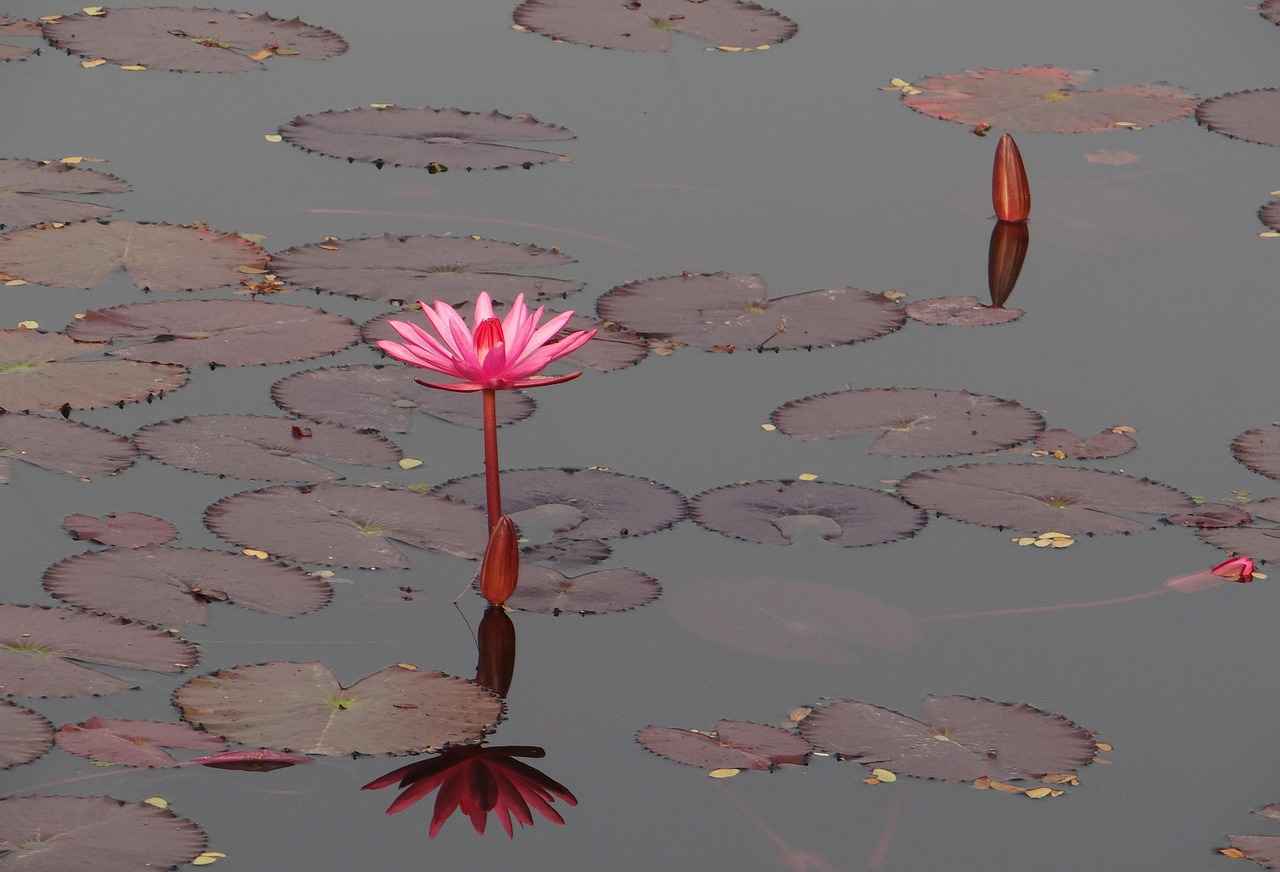
Cultural Landmarks and Heritage Sites
West Bengal is a state that boasts a profound cultural heritage, characterized by its rich history, diverse traditions, and remarkable landmarks. This region is home to an array of cultural landmarks and heritage sites that not only reflect the artistic brilliance of its people but also narrate the stories of its past.
The cultural landscape of West Bengal is dotted with numerous temples, museums, and historical sites, each offering a glimpse into the state’s vibrant traditions and historical significance.
- Temples: West Bengal is renowned for its ancient temples, with the Dakshineswar Kali Temple and Belur Math being prime examples. These temples are not only places of worship but also architectural marvels that attract visitors from all over the world.
- Museums: The state hosts several museums, including the Indian Museum in Kolkata, which is the oldest museum in India. It houses a vast collection of artifacts that showcase the region’s historical and cultural evolution.
- Historical Sites: Sites like the Victoria Memorial and Marble Palace reflect the colonial history and artistic heritage of West Bengal, making them must-visit attractions for history enthusiasts.
The temples in West Bengal are not just religious sites; they are also cultural hubs. The Dakshineswar Kali Temple, dedicated to Goddess Kali, is an architectural masterpiece located on the banks of the Hooghly River. It attracts thousands of devotees and tourists alike, especially during the Kali Puja.
The Indian Museum is a treasure trove of history, featuring collections ranging from ancient sculptures to fossils. Additionally, the Rabindra Bharati Museum is dedicated to the life and works of the Nobel laureate Rabindranath Tagore, showcasing his contributions to literature and music.
In conclusion, West Bengal’s cultural landmarks and heritage sites play a vital role in preserving the state’s rich history and traditions. From its majestic temples to its informative museums, these sites offer visitors a deep understanding of the cultural fabric that defines West Bengal.
Temples of West Bengal
are not just places of worship; they are also a testament to the rich cultural and architectural heritage of the state. The exquisite craftsmanship and spiritual significance of these ancient structures attract visitors from around the world. Among the most notable are the Dakshineswar Kali Temple and Belur Math, each offering a unique glimpse into the religious traditions and artistic expressions of the region.
The Dakshineswar Kali Temple, located on the banks of the Hooghly River, is dedicated to the goddess Kali and is renowned for its stunning architecture and serene surroundings. Built in the mid-19th century, this temple complex features a series of beautifully crafted spires and intricate carvings that reflect the art and culture of the time. The temple is also historically significant as it was the site where Sri Ramakrishna, a revered spiritual leader, practiced his spiritual disciplines. His teachings and experiences here continue to inspire many.
On the other hand, Belur Math serves as the headquarters of the Ramakrishna Order and is a symbol of the harmony of all religions. Established in 1897 by Swami Vivekananda, this site combines elements of Hindu, Christian, and Islamic architecture, showcasing a message of universal brotherhood. The serene atmosphere and the beautiful gardens surrounding the math make it a perfect place for meditation and reflection.
In addition to these prominent temples, West Bengal is home to numerous other sacred sites such as the Kalighat Temple, Tarapith Temple, and the Birla Mandir, each with its own unique history and architectural style. These temples not only serve as spiritual havens but also as cultural landmarks that reflect the diverse traditions and beliefs of the people of West Bengal.
Visiting these temples provides an opportunity to experience the state’s rich heritage, making it an essential part of any journey through West Bengal. Whether you are drawn by the spiritual significance or the architectural beauty, the temples of West Bengal offer an enriching experience for all.
Museums and Art Galleries
in West Bengal are vital cultural institutions that showcase the rich history and artistic heritage of the region. Among these, the Indian Museum in Kolkata stands out as the oldest museum in India, established in 1814. It serves as a treasure trove of artifacts, offering visitors a glimpse into the diverse history of the subcontinent.
The Indian Museum houses an extensive collection of over 100,000 exhibits, ranging from archaeological findings to geological specimens, and includes a remarkable display of artistic works such as sculptures, paintings, and textiles. This museum not only highlights the artistic achievements of West Bengal but also reflects the broader cultural narratives of India.
In addition to the Indian Museum, West Bengal is home to several other notable museums and art galleries:
- Victoria Memorial: A stunning marble building dedicated to Queen Victoria, this museum features a rich collection of paintings, manuscripts, and memorabilia from the British colonial period.
- Birla Academy of Art and Culture: This gallery is dedicated to promoting modern and contemporary art, hosting exhibitions from renowned artists and emerging talents alike.
- Tagore Museum: Located in Shantiniketan, this museum is dedicated to the life and works of Rabindranath Tagore, showcasing his literary and artistic contributions.
These institutions play a crucial role in preserving the cultural heritage of West Bengal and serve as platforms for education and engagement with the arts. They attract not only local visitors but also tourists from around the world, eager to explore the region’s artistic legacy.
In conclusion, the museums and art galleries of West Bengal, particularly the Indian Museum, provide invaluable insights into the state’s historical and cultural context. They are essential for anyone looking to understand the artistic evolution and heritage of this vibrant region.
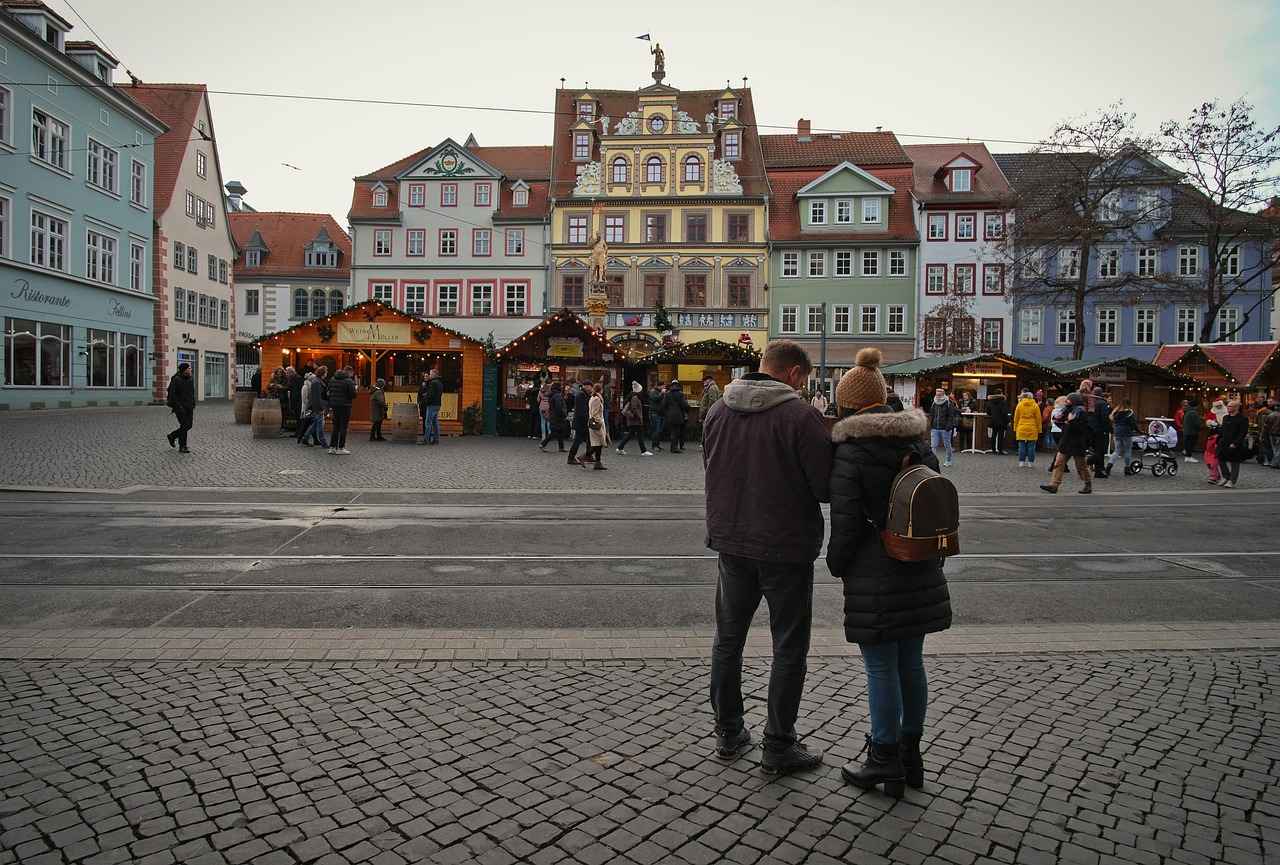
Transportation and Navigation in West Bengal
are essential aspects of exploring this vibrant state, known for its rich culture and diverse landscapes. With a well-established transportation network comprising railways, roads, and waterways, travel becomes effortless for both locals and visitors alike. This article aims to provide a comprehensive overview of the various transportation options available in West Bengal, ensuring you navigate this beautiful region with ease.
West Bengal boasts an extensive railway network that connects major cities and towns. The Indian Railways plays a crucial role in facilitating passenger and freight movement across the state. Key railway stations, such as Kolkata, Howrah, and Siliguri, serve as major hubs, offering frequent services to various destinations. This connectivity not only supports daily commuters but also encourages tourism, making it convenient for travelers to explore scenic locations like Darjeeling and the Sundarbans.
In addition to railways, the road network in West Bengal is well-developed, comprising national highways, state highways, and local roads. This extensive network allows for smooth travel between cities and rural areas. Public transportation options, including buses and taxis, are readily available, providing affordable travel solutions. Moreover, ride-sharing services have gained popularity, offering added convenience for tourists and residents alike.
West Bengal is also endowed with a network of waterways, particularly in the Sundarbans region. These waterways not only serve as a means of transport but also offer a unique perspective of the state’s natural beauty. Ferry services operate between various points, allowing travelers to experience the serene landscapes while navigating through the intricate canal systems.
In conclusion, the transportation system in West Bengal is a testament to the state’s commitment to enhancing connectivity and accessibility. Whether you prefer traveling by train, road, or water, West Bengal’s comprehensive transportation network ensures that you can explore its myriad attractions with ease. Embrace the journey and discover the rich cultural heritage and stunning landscapes that await you.
Rail Connectivity
Rail Connectivity in West Bengal is a vital aspect of the state’s transportation framework, facilitating seamless movement for both passengers and goods across its diverse landscapes. The extensive railway network plays a crucial role in connecting major cities and towns, making it an efficient and reliable mode of transport.
West Bengal’s railway system is one of the most developed in India, with numerous routes that link urban centers such as Kolkata, Siliguri, and Durgapur. This connectivity not only enhances daily commuting for residents but also supports the tourism sector by providing easy access to popular destinations.
- Kolkata to Darjeeling: The scenic train journey from Kolkata to Darjeeling offers breathtaking views of the Himalayas, making it a favored route among tourists.
- Siliguri Junction: Serving as a gateway to the North East, Siliguri Junction connects travelers to various hill stations and tea gardens.
- Howrah Station: One of the busiest railway stations in the country, Howrah Station is a major hub for intercity trains, ensuring efficient travel across the state.
The railway network in West Bengal is managed by Indian Railways, which continuously works on upgrades and expansions to improve service quality. Recent initiatives have focused on enhancing passenger amenities, such as clean waiting areas, digital ticketing, and improved sanitation facilities.
Moreover, freight services are also a significant part of the railway operations in West Bengal. The transportation of goods like coal, steel, and agricultural products is streamlined, contributing to the state’s economic growth.
In conclusion, the in West Bengal is not just a means of transportation but a lifeline that connects communities, supports commerce, and promotes tourism. With ongoing developments in the railway sector, the future looks promising for enhancing accessibility and convenience for all.
Road and Water Transport
West Bengal’s transportation system is a vital part of its infrastructure, providing essential links between its diverse regions. In addition to the extensive railway network, the state’s roadways and waterways present alternative travel options that enhance accessibility and connectivity for both residents and visitors.
The road network in West Bengal is well-developed, featuring a mix of national highways, state highways, and local roads. This extensive network facilitates easy travel between major cities such as Kolkata, Durgapur, and Siliguri. The highways are generally well-maintained, ensuring smooth transit for vehicles. With the increasing number of private vehicles and public transport options like buses and taxis, traveling by road has become a popular choice for many.
- National Highways: These highways connect West Bengal to neighboring states, enhancing trade and tourism.
- State Highways: These provide links between smaller towns and cities, ensuring that even remote areas are accessible.
- Local Roads: Essential for daily commutes, these roads connect villages and rural areas to urban centers.
In addition to roads, West Bengal is enriched by its waterways, particularly in regions like the Sundarbans and the Hooghly River. These waterways offer unique travel experiences and are crucial for transporting goods. Ferries and boats are commonly used to navigate through the intricate network of rivers and canals, providing a scenic and leisurely mode of transport.
- Ferry Services: Regular ferry services operate on major rivers, connecting different parts of the state.
- Eco-Tourism: Waterway travel is also popular among tourists seeking to explore the natural beauty of the Sundarbans.
The combination of road and water transport not only enhances the accessibility of West Bengal’s various regions but also promotes economic growth by facilitating trade and tourism. As the state continues to develop its infrastructure, these transport systems will play an increasingly significant role in connecting communities and fostering growth.
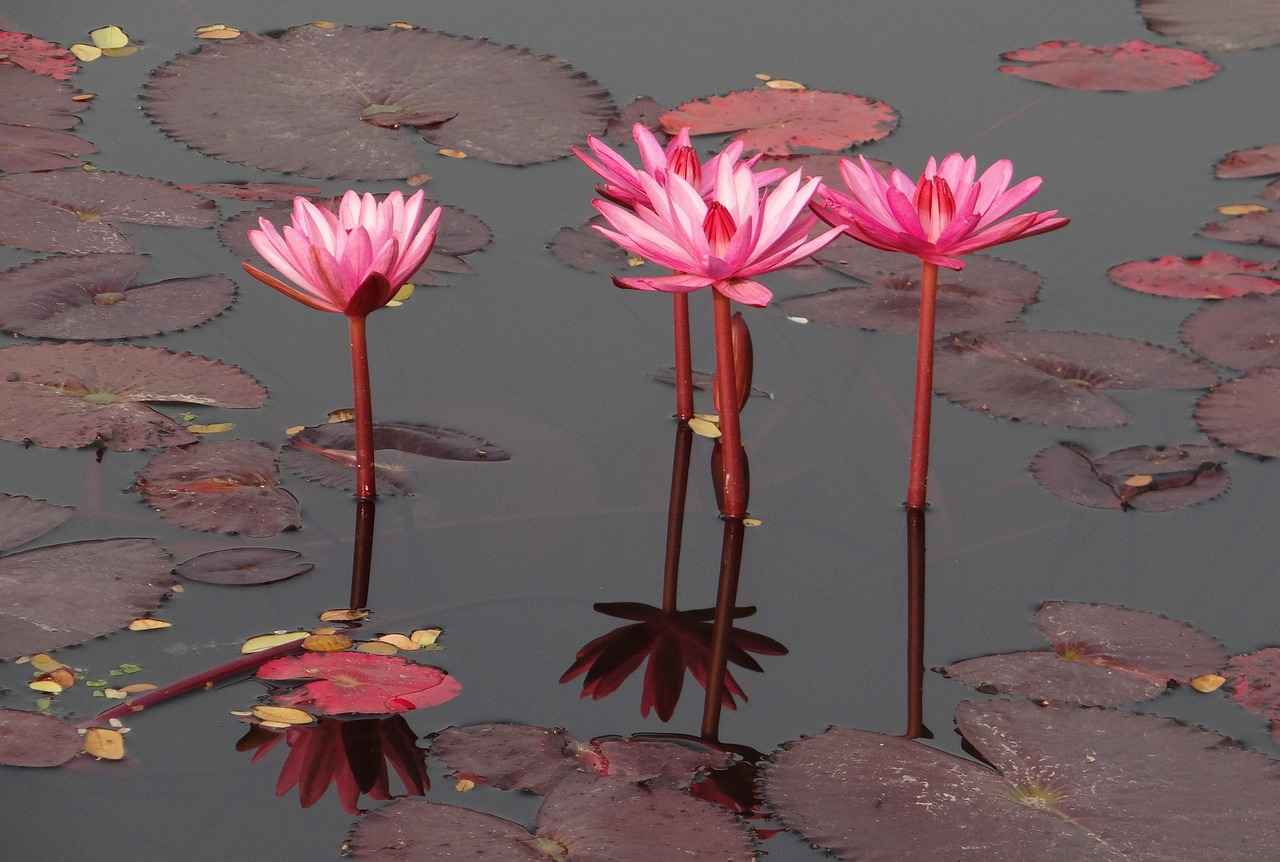
Conclusion: Exploring West Bengal Through Its Map
Understanding the West Bengal map is not simply about recognizing geographical boundaries; it is a gateway to appreciating the state’s rich cultural and geographical diversity. West Bengal stands out as a fascinating destination for exploration and discovery, offering a unique blend of history, nature, and vibrant urban life.
The map of West Bengal reveals a landscape that transitions from the majestic Himalayas in the north to the serene Sundarbans in the south. This varied geography not only influences the climate but also shapes the lifestyle and traditions of its people. By understanding the different regions marked on the map, travelers can better appreciate the cultural significance of each area.
- Kolkata: The bustling capital city is a cultural hub, renowned for its colonial architecture and rich artistic heritage.
- Darjeeling: Famous for its tea gardens and stunning mountain views, this hill station is a must-visit for nature enthusiasts.
- Sundarbans: Home to the world’s largest mangrove forest, this UNESCO World Heritage Site is vital for biodiversity and eco-tourism.
Moreover, the map serves as a practical tool for navigating the state’s extensive transportation network, which includes well-connected railways and roads. This accessibility enhances tourism, allowing visitors to explore the cultural landmarks, temples, and museums that West Bengal proudly showcases.
In conclusion, the West Bengal map is more than just a visual representation; it is an invitation to delve into the state’s diverse offerings. By understanding its geography and key locations, one can embark on a journey filled with cultural richness and natural beauty, making every exploration a memorable experience.
Frequently Asked Questions
- What are the must-visit places in West Bengal?
West Bengal is filled with amazing spots! You can’t miss Kolkata for its rich culture, the serene hills of Darjeeling, and the unique mangroves of the Sundarbans. Each location has its own charm and story to tell!
- How can I navigate through West Bengal?
Navigating West Bengal is a breeze! With a robust railway network, well-maintained roads, and even waterways, you have plenty of options. Whether you prefer trains, buses, or boats, getting around is convenient and enjoyable.
- What is the significance of the Sundarbans?
The Sundarbans is a UNESCO World Heritage Site known for its incredible biodiversity, including the majestic Bengal tiger. It’s not just a natural wonder; it’s a hub for eco-tourism, attracting adventure seekers and nature lovers alike!
- Are there cultural landmarks to explore?
Absolutely! West Bengal is rich in cultural heritage. From ancient temples like Dakshineswar Kali Temple to museums like the Indian Museum in Kolkata, there’s a treasure trove of history and art waiting for you.
- What is the best time to visit West Bengal?
The best time to visit West Bengal is between October and March when the weather is pleasant. This is perfect for exploring the beautiful landscapes and vibrant cities without the sweltering heat!

























































